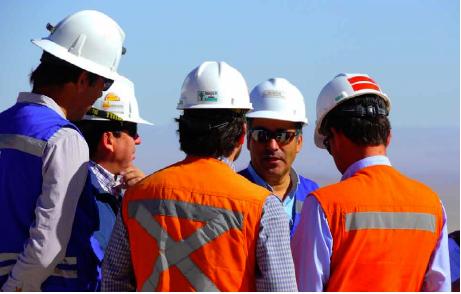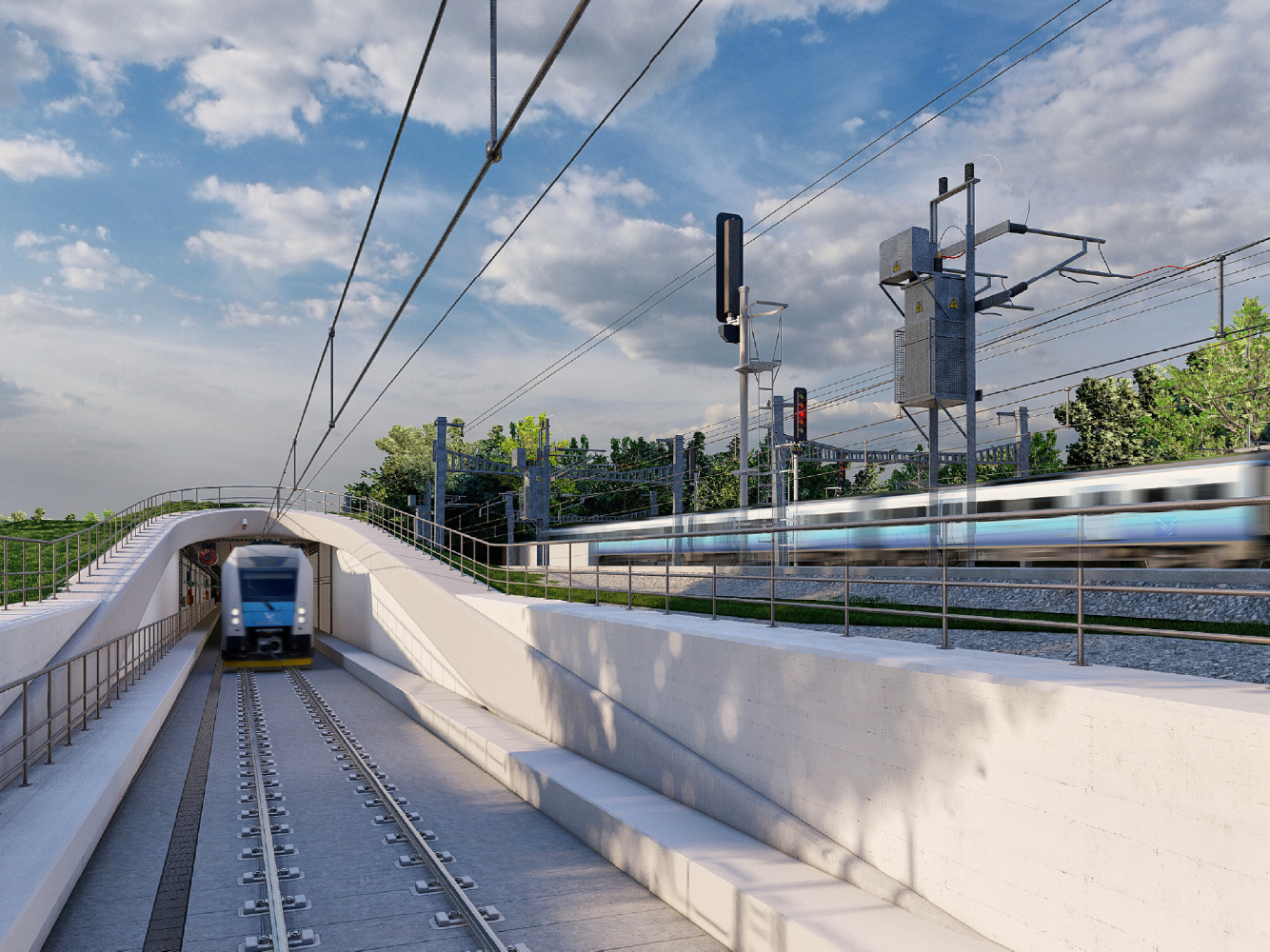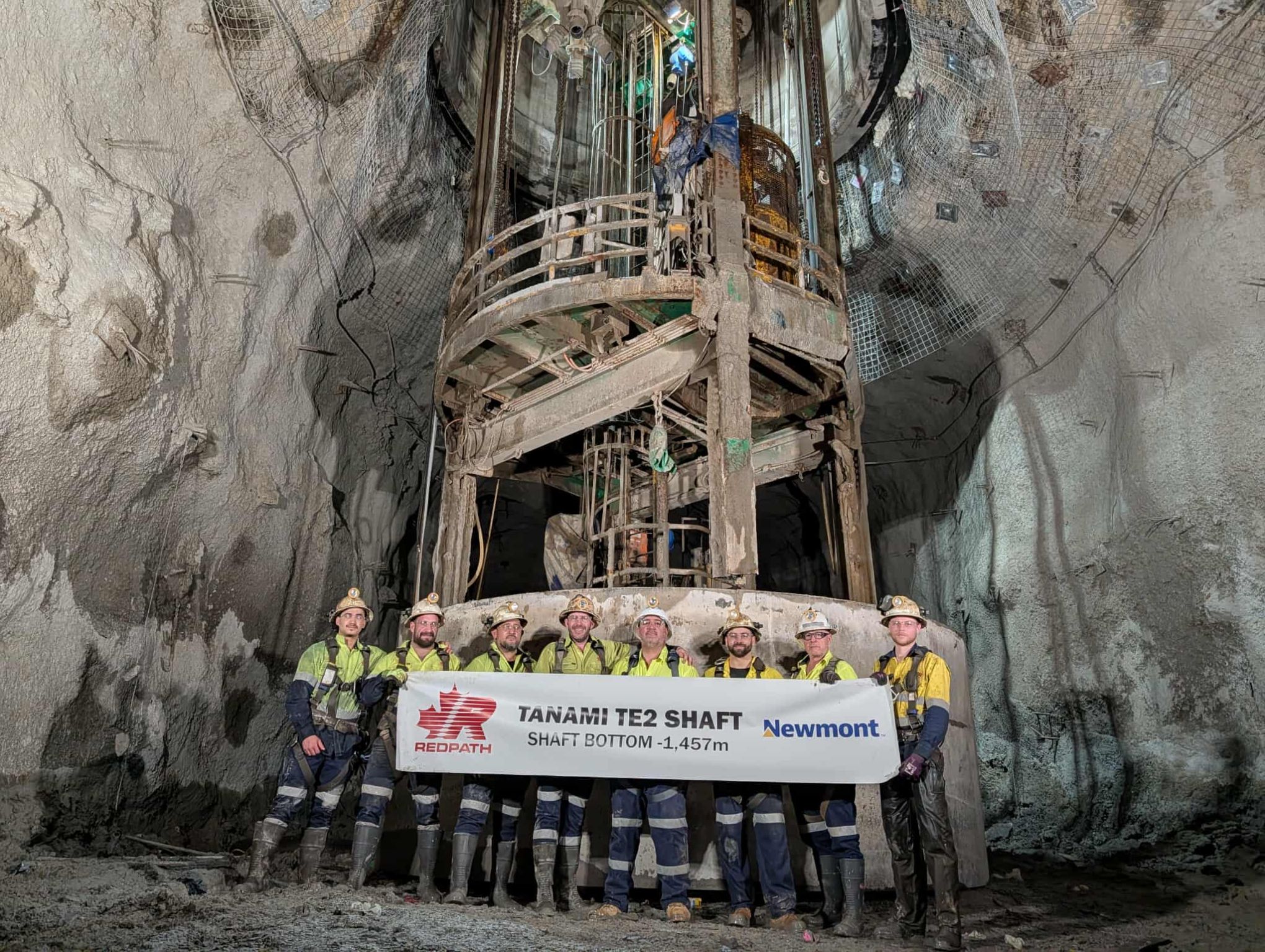
Business manager Roberto Luna discusses the on-going development of the Sierra Gorda open pit copper mine project.
As well as having the distinction of being known as the driest desert in the world, the Atacama Desert of Northern Chile is home to the Sierra Gorda project. “A large tonnage, open pit copper mine development,” explains business manager Roberto Luna, “it boasts deposits that total up to 2.2 billion tonnes of measured and indicated resources, and reserves amounting to some 1.3 billion tonnes.”
Estimated to have a useful life of 20 years, two phases of activity have been proposed. The first of these will run from 2014 until 2017 and will feature an ore throughput rate of 110 kilotons per day. The second phase will then commence in 2017 and is expected to involve ore throughput reaching levels of 190 kilotons per day on average.
The main plant equipment needed to be brought together for the first phase of the project includes one primary crusher, four secondary crushers, three ball mills, four high-pressure grinding rolls and 32 floatation cells. In turn, six 73yd3 shovels, 41 cubic metre front loaders, six drills, and 29 trucks with a 300 tonne capacity are being considered for the mine.
As is the norm for an open pit mine, the ore from Sierra Gorda is hauled by trucks to a primary crusher. By means of conveyors over the ground the ore is then transported from the crushing stages to the concentrator plant, before grinding is carried out through ball milling using hydrocyclone classification circuits. The ore released from wet grinding is then recovered during the bulk copper and molybdenum floatation stage.
The final product is a mixed copper and molybdenum concentrate that is sent to a flotation plant where molybdenum is recovered and copper concentrate remains as the tails. Both concentrates are then conveyed to marketing areas by a railway line located in the nearby Antofagasta.
A joint venture between KGHM Polska Mied┼║, the Japanese Sumitomo Metal Mining company and the Sumitomo Corporation, the Sierra Gorda project represents the implementation of the three parties’ expansion, internationalisation and position strategy for the global copper and molybdenum market. The project presents the ideal opportunity to bring about increased resources, reserves and production, and ultimately raise the value of the three companies on a global scale.
“The primary challenge at the heart of this venture,” Luna continues, “is being able to design, procure, construct, commission and successfully start up a large scale project for a foreign company, where different visions inherent to the cultures of each participant are successfully integrated. Another challenge stems from the fast-track status of this particular greenfield project where deadlines are incredibly demanding and shorter than the industry average.”
Of equal importance is the need to capture, retain and train the employees required for the construction, operation and development of the project. At present, over 3500 people are assisting in the construction phase, with this number expected to peak at around 7000 in the near future. Once into the operational stage, a total of 2000 individuals are due to be active in carrying this stage of the project through.
As a result of internal and external factors in Chile, and the mining world in general, there is an increasingly strong demand for qualified labour and mining supplies, which has conspired to produce an increase in prices. This has impacted directly on projects that are currently under execution. “The Sierra Gorda project has not escaped the effects of this,” Luna highlights. “As a hedge against potential fluctuations that could impact upon project costs and completion, moves have been made to commit purchase orders and contracts at the earliest stage possible.”
Northern Chile’s geographic characteristics, namely the scarcity of water and energy, have also raised several issues. To overcome these, the project follows the current trend of using seawater in the mining process. This water will be carried by means of a 141 kilometre pipeline with a flow rate of 1500 litres per second. Furthermore, two industrial water supply contracts have been entered into with Aguas Antofagasta and FCAB respectively. Processed at its on-site water treatment plant, this water will be made suitable for human consumption.
Meanwhile, the power required for the project will be generated by a coal-fired thermoelectric power plant located in Mejillones. From here a 140 kilometre long, 220 kilovolt transmission line will supply energy to a primary substation that will also be located on-site.
To date, 2012 has seen the project achieve several milestones, all of which revolve around the mine area itself. In addition to the mine loop now being in operation, March 2012 saw the start-up of the pre-stripping stage. Looking towards the years ahead, by the end of 2013 it is hoped that pipeline construction will be complete, plant mechanics in place and the pre-commissioning stage will have begun. These events will then be followed in 2014 with the starting up of the commissioning phase, the opening of port facilities and the completion of ramp up operations.
“The project has been progressing as planned and in accordance with the schedule put in place by the joint venture partners,” Luna says. “The project’s critical path remains unchanged with originally scheduled deadlines still maintained and entry into production expected to begin during the first semester of 2014.”
As it relates to the immediate future, the goal for the rest of 2012 is to have the entire necessary infrastructure in place in order to allow the normal development of construction work. This requires the completion of camps, mesh halls, offices, recreational areas and a polyclinic. “In addition,” Luna says, “pre-stripping, pipeline and civil construction work in dry and wet areas have begun with our own equipment and personnel, while the project will continue to meet its expected output levels.”
Written by Will Daynes, research by Abi Abagun
DOWNLOAD
 KGHM.Sierra-EMEA-Dec12-Bro-s_0.pdf
KGHM.Sierra-EMEA-Dec12-Bro-s_0.pdf













